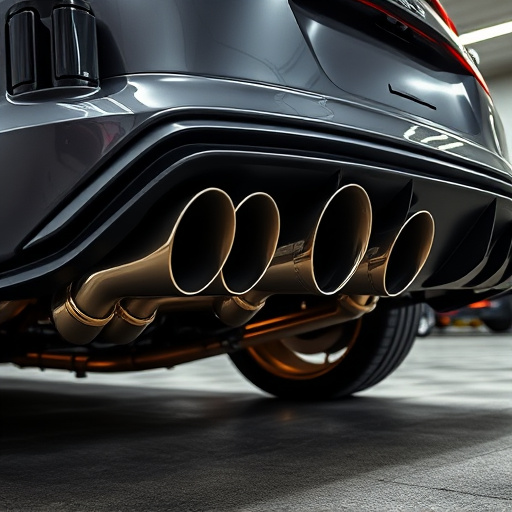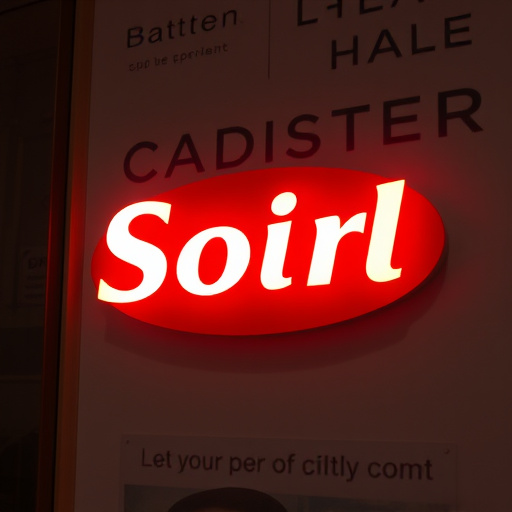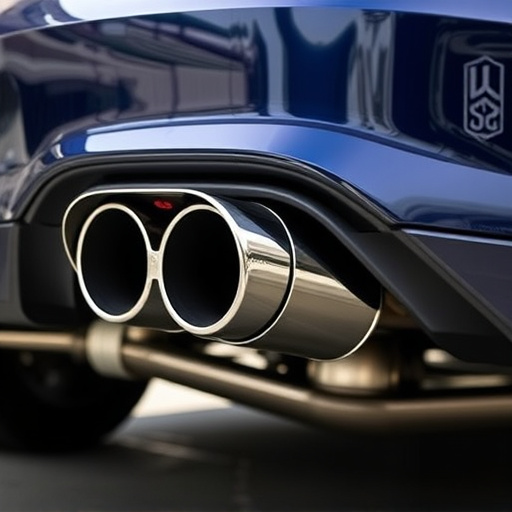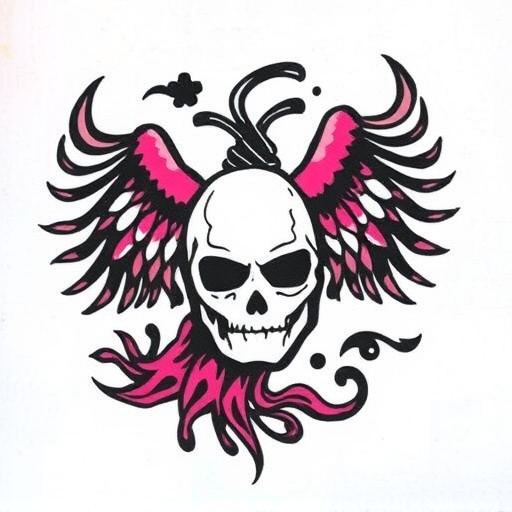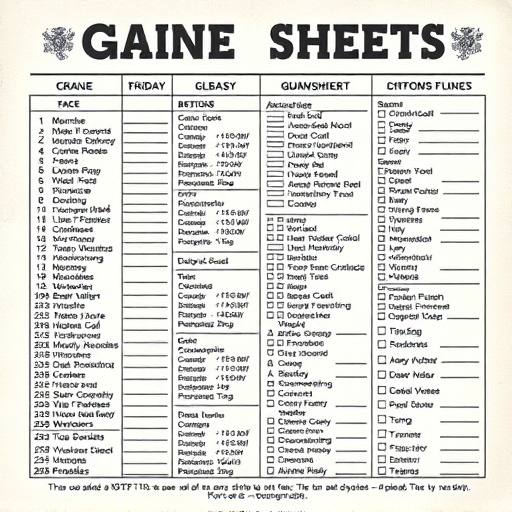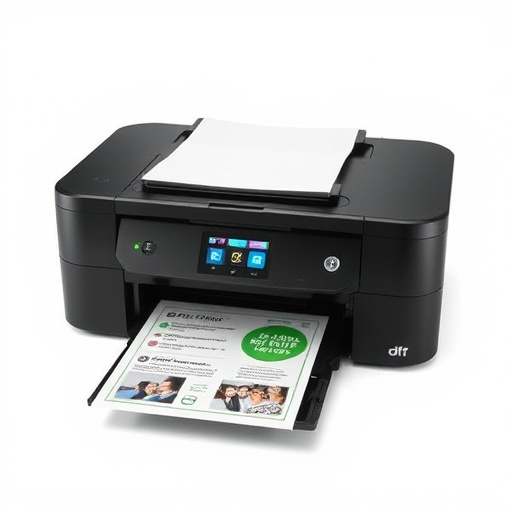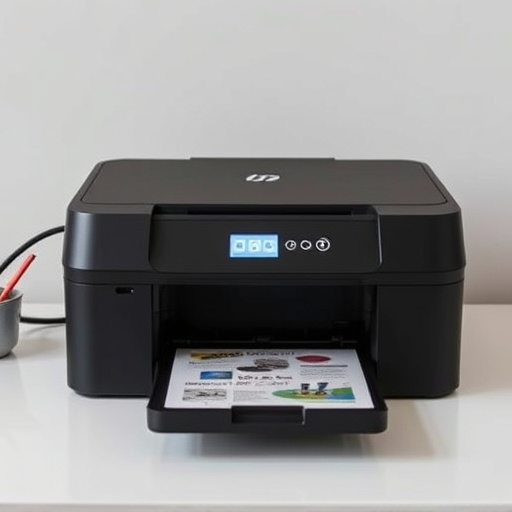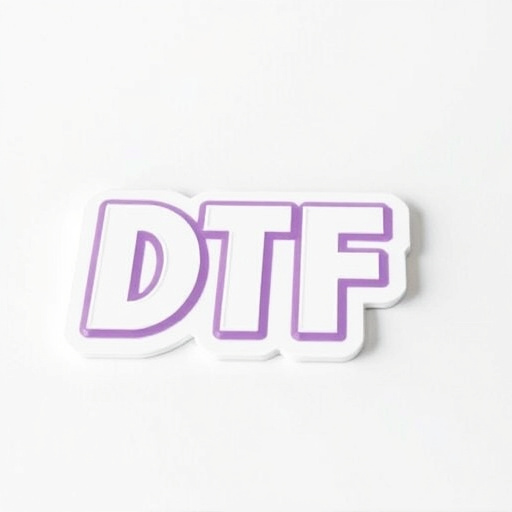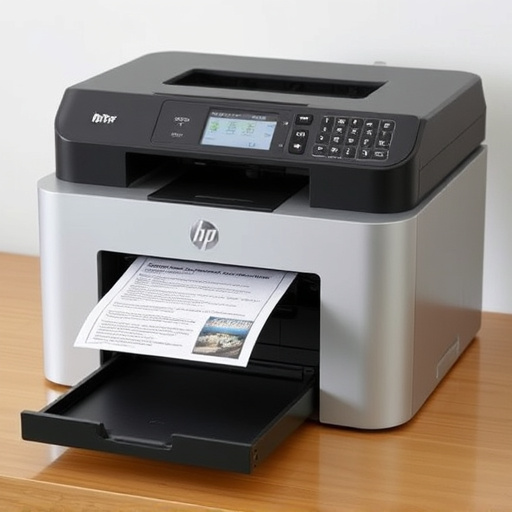DTF (Direct-to-Film) printing creates high-quality garments by transferring ink onto film pressed against fabric. Choosing the right ink and film is crucial for desired print quality on fabrics like cotton, polyester, or blends. Pigment inks offer excellent color fastness for outdoor use, while dye inks provide deeper colors at lower cost. Selecting ideal films tailored to ink type, fabric material, and target colors ensures superior results, from custom tees to larger production runs. Beginners should start with manufacturer-recommended films.
Unleash your creativity with Direct-To-Film (DTF) printing technology. This cutting-edge method offers unparalleled versatility in producing high-quality, vibrant prints on various materials. Choosing the right ink and film is crucial for optimal results. In this guide, we’ll explore the ins and outs of DTF printing, delving into ink types—pigment vs. dye—and how to select the best film for your printer. Maximize your DTF potential with our expert insights.
- Understanding DTF Printing: Materials and Compatibilities
- Ink Types: Pigment, Dye, and Their Advantages
- Choosing the Right Film for Optimal Prints
Understanding DTF Printing: Materials and Compatibilities
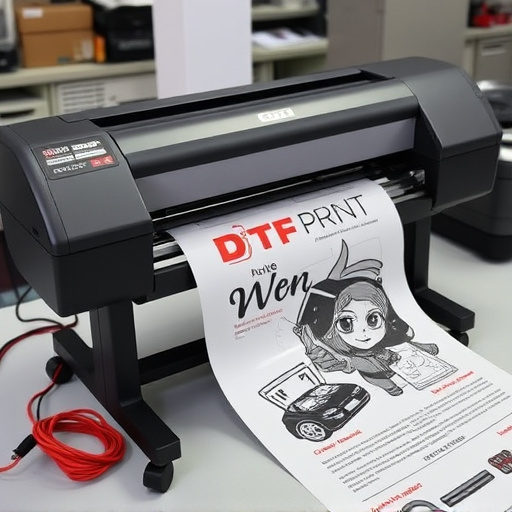
DTF (Direct-to-Film) printing is a specialized technique used in the garment industry for creating high-quality designs on t-shirts and other textiles. Understanding the materials and their compatibilities is key to achieving exceptional results with your DTF printer. The process involves transferring ink directly onto a film, which is then pressed against the fabric, allowing the ink to adhere permanently. This method offers a range of benefits, such as vibrant colors, precise detail, and a smooth finish.
When choosing ink and film for your DTF printer, consider factors like compatibility with your specific printer model, desired print quality, and the type of design you plan to create (e.g., intricate graphics, text, or full-color images). Different inks and films are optimized for various applications, including printing on cotton, polyester, or blended fabrics. Additionally, ensuring that your chosen materials support fast drying times and have good colorfastness is essential for maintaining the quality of your printed DTF designs, especially when producing t-shirts and other wearable items.
Ink Types: Pigment, Dye, and Their Advantages
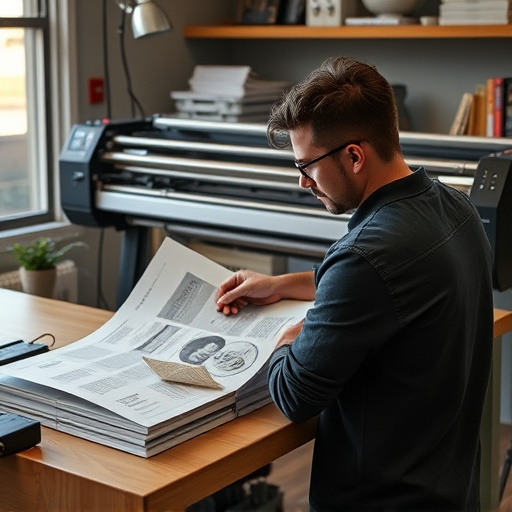
When it comes to DTF printing, understanding the different ink types is key to achieving high-quality results with your printer. The primary options are pigment and dye inks, each with distinct advantages tailored to specific applications.
Pigment inks consist of small particles suspended in a carrier liquid, offering vibrant colors that remain consistent even when diluted. They’re ideal for DTF heat press applications as they provide excellent color fastness, ensuring the designs on your DTF heat transfer paper don’t fade over time. Pigments also have better resistance to light and weather, making them suitable for outdoor uses. On the other hand, dye inks are highly concentrated, producing deeper, richer colors. While they may not have the same level of color fastness as pigments, dyes are more cost-effective and excel in printing fine details, making them a preferred choice for intricate designs.
Choosing the Right Film for Optimal Prints
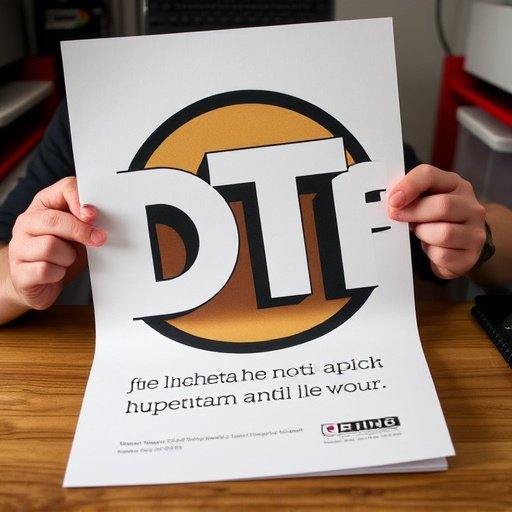
Choosing the right film is a crucial step in achieving optimal prints with your DTF (Direct to Fabric) printer. The film acts as an intermediary between the design and the fabric, ensuring precise transfer of the graphic. Look for films specifically designed for DTF printing, as these are optimized for adhesion, durability, and color accuracy on various fabrics. Factors to consider include the type of ink used (anilox or UV), the fabric material (cotton, poly, etc.), and whether you’re targeting light or dark colors, especially when doing custom graphic tees with dtf transfers.
For DTF printing on dark fabrics, a film with high opacity is essential to prevent ink bleeding through. This is particularly important for intricate designs where precision matters. If you’re new to DTF printing, start with films recommended by the manufacturer or trusted suppliers. Over time, as you gain experience, you can experiment with different films to find the best fit for your specific dtf needs, whether it’s for small-batch custom graphic tees or larger production runs.
When selecting ink and film for your DTF printer, consider the specific requirements of your projects. Understanding the compatibility between materials and choosing the right ink type—whether pigment or dye—is key to achieving vibrant, long-lasting prints. Additionally, selecting high-quality film ensures optimal results, enhancing the visual appeal of your DTF creations. With these factors in mind, you can confidently produce exceptional outputs tailored to your unique needs.
